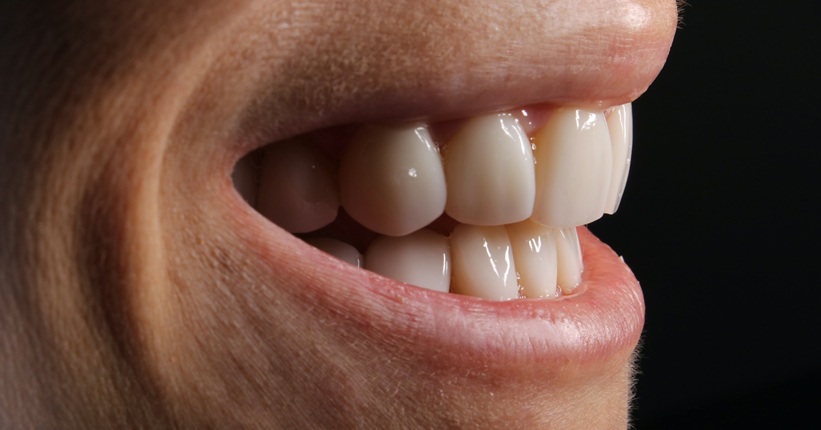
Bone restoration for dental implants
Past injuries, damage to the tooth, as well as medical conditions such as bacterial inflammation of the gums or bones, can lead to the loss of a tooth or the need to remove it. The empty space after the tooth not only looks unaesthetic, but also negatively affects health. Why? Unstimulated by the tooth, the bone begins to atrophy, and with it the alveolus of the jaw or lower jaw, which greatly complicates the subsequent restoration of the smile. Currently, various methods are available to fill gaps in the dentition, such as implants, bridges and prostheses, however, an adequate amount of bone tissue is needed to apply them. Thus, the process of bone restoration becomes necessary.
When is a bone transplant performed?
Bone grafting is always necessary when the amount of bone tissue is insufficient to stabilize the tooth implant. If the alveolar socket is deformed or its width or height is too small for the implant to implant properly, a bone graft or reconstruction procedure is performed prior to implantation.
What can be supplemented with bone?
It is possible to replenish bone defects and start regenerative processes using one of three methods:
- Autogenic complement — the use of the patient's own bone material, most often taken from the chin, the area of the molars or the jaw tumor.
- Allogeneic complement — the use of bone material from the bone bank, which is less frequently used due to the complexity of the process.
- Alloplastic complement — the use of bone-like materials for bone reconstruction.
How is the bone graft procedure performed?
The procedure can be divided into three stages. In the first stage, bone or bone-like material is introduced into the site of the defect. Then it is covered with a mucous membrane and finally secured with a barrier membrane.
In detail, the implantologist takes bone material from the selected site in the patient and performs an autograft. If bone bank or synthetic materials are used, the treatment is similar, but without the need to take your own bone.
The barrier membrane protects the bone material from the ingrowth of soft tissues, such as fibrous connective tissue, which facilitates the regeneration process.
The procedure is usually performed under local anesthesia, which provides comfort and absence of pain. The whole thing takes about 2-3 hours, depending on the extent of the restoration. After the procedure, sutures are put on. The first assessment of the quality of the bone substrate is possible no earlier than after 3 months, although this time may increase depending on the individual conditions of the patient and the speed of integration of the material into the bone.
Bone reconstruction is a necessary stage for patients with bone atrophy who want to get permanent and functional implants. Although it increases the waiting time for implantation, a few months of recovery is a time after which you can enjoy stable and trouble-free use of implants for many years.
Content author

Dr. Jan Kempa
Dr. Jan Kempa is a passionate dentist who always cares about a good relationship with patients. His positive attitude makes even the most timid patients feel safe. He specializes in implantology and dental surgery, using modern treatment techniques. He is enthusiastic about using his own tissues to rebuild bones before implantation and to cover gum recession. Dr. Kempa always finds the time to listen to the patient and offers individual solutions.

Start treatment already today!
Make an appointment and discover why our patients recommend us to their loved ones. We will take the utmost care of your smile.


